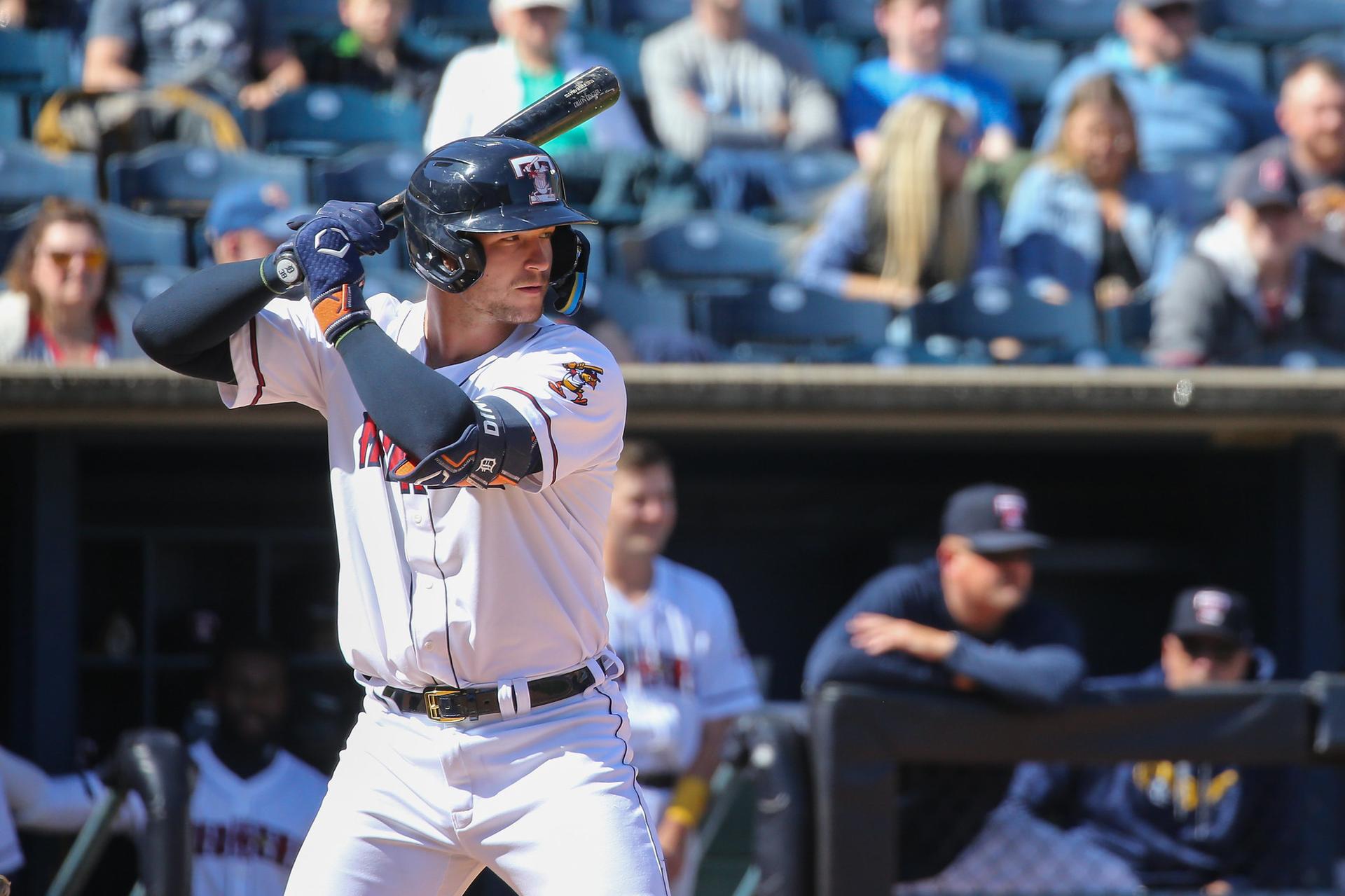

| DETROIT — Dillon Dingler was seemingly stuck in a rut a year and a half ago at Double-A Erie. He wasn’t struggling, but he also wasn’t graduating. That’s when an evaluator who had watched him provided some words of advice: It can take time for catchers to develop. For every Adley Rutschman or Cal Raleigh, who seemingly sped through the farm system, there’s a J.T. Realmuto — who played 438 Minor League games before sticking in the Majors — or a Jonah Heim — who played 517 Minor League games across three organizations before making it with Texas. Korey Lee had 338 Minor League games before sticking with the White Sox this year. Dingler, the Tigers’ No. 12 prospect, enters Tuesday with 331 games across four Minor League seasons, and the way he has played in 50 games for Triple-A Toledo this season has finally put Detroit in sight. His 3-for-5, two-homer, seven-RBI performance in the Mud Hens’ 20-9 win at St. Paul on Sunday improved his slash line to .287/.350/.508 with 10 doubles, 10 homers, 35 RBIs and a 116 wRC+. Other Tigers prospects might have better production, such as Toledo teammate and No. 3 prospect Jace Jung — who’s batting .270/.390/.500 with 11 homers and 41 RBIs — but none play as premium of a position as Dingler, who has strengthened his status as Detroit’s catcher of the future. While Dingler’s defense has always been the strength of his game, his offense has been the constant question. He had dominant stretches in past years, but he struggled to maintain success, either due to health, scouting or simply the physical and mental toll of catching regularly and handling a pitching staff. |
| This year, however, has been Dingler’s most consistent stretch of production. While his .980 OPS in May clearly stood out, he has followed it up with an .866 OPS in June. Even Dingler’s opening month, his weakest period, was anything but a skid, as he ended April with a .725 OPS. Dingler’s power has been accompanied by improved discipline. His 19.9 percent strikeout rate is on track to be his best for a pro season by far, according to FanGraphs. He has cut his swing rate outside the strike zone from 33.8 percent in his late-season stint in Toledo last year to 28.4 percent over a similar sample size this season. His in-zone swing rate has ticked up from 67.7 to 70.8 percent. Dingler’s 26.9 percent line-drive rate is on track to be the best of his pro career, while his ground-ball rate has dropped from 46.9 to 35.2 percent. His average exit velocity has also jumped from 90.7 to 91.7 miles per hour, according to Statcast. Some of that might be a product of working with automated balls and strikes in Triple-A. “It’s a step for hitting,” Dingler said in Spring Training. “Because the pitch that you know that’s off the plate is called a ball. You can hunt in your area and try to get off a good swing.” There’s still room for improvement. While Dingler is batting just .188 off four-seam fastballs, his 45.9 percent hard-hit rate and expected batting average of .299 based on exit velocity and launch angle suggest he can raise that. Still, he has done what he talked about going into the season. “If I take care of my business and string together the type of months that I think that I’m capable of, I think good things will happen,” Dingler said. “I just have to take care of everything I can control and put the best product of myself out there as possible.” Those good things could happen later this summer. The Tigers could use next month’s Trade Deadline as a chance to gauge the market on Carson Kelly, who’s on track for free agency at season’s end and could serve as a valuable backup or platoon catcher for a contender. That would open the door for Dingler, who’s already on Detroit’s 40-man roster. |


